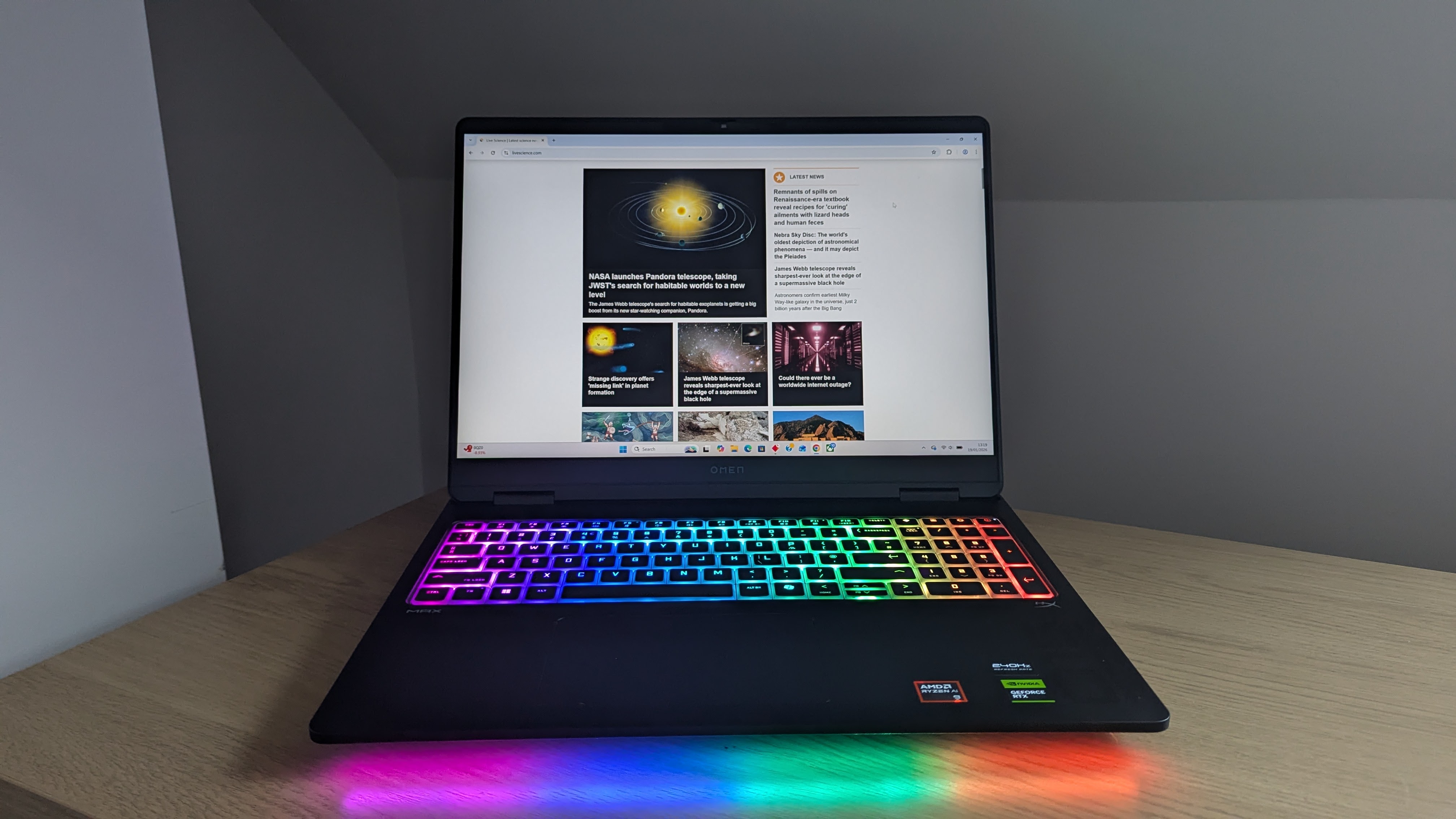Beauty Works Like a Drug on the Brain

With Valentine's Day around the corner, consider this: The human desire to look at attractive faces plays a role in how people select their partners, and the rewarding feeling beauty arouses has its roots in the brain, new research reveals.
In fact, the researchers found attractiveness seems to stimulate the same brain region as the opioid morphine.
Just like tasty food or good music, "being attached to someone, like a romantic partner, is rewarding for people," said study researcher Olga Chelnokova, a psychologist at the University of Oslo, in Norway.
Liking and wanting are not the same thing. Liking describes an attraction to something, whereas wanting describes a motivation to have it, whether or not a person likes it. The opioid system is the part of the brain that encodes "liking." The related but distinct dopamine system controls "wanting." [Oysters to Chocolate: Top 10 Aphrodisiacs]
Most research on human attraction has involved scanning the brain passively, rather than probing it with drugs, Chelnokova said. And many of the latter studies have been done in animals, not humans, she added.
Chelnokova and her colleagues recruited 30 healthy men for their study. The researchers gave some of the men morphine, which activates receptors in the opioid system, and gave others an opioid suppressor.
The scientists showed the men photographs of women's faces that varied in attractiveness, which the men could flip through at their own speed. The scientists asked the men to rate how much they liked each of the faces and measured how long they lingered on each one.
Get the world’s most fascinating discoveries delivered straight to your inbox.
Participants who were given morphine rated the most objectively attractive faces very highly — in other words, they liked them more than the other faces. In addition, the morphine takers spent more time viewing the pictures of the faces they found most attractive and less time viewing unattractive faces, suggesting they also wanted those faces more.
By contrast, the men taking the opioid suppressor showed less liking and wanting: They rated the attractive faces less highly and spent less time viewing them.
Taking morphine had the strongest effect on how the men viewed the most attractive women; such attractiveness may signal evolutionary fitness, the researchers said. Thus, the opioid system might help humans choose the best mate by producing rewarding feelings when seeing those mates, while making unattractive mates less desirable.
The research is detailed today (Feb. 11) in the journal Molecular Psychiatry.
Follow Tanya Lewis on Twitter and Google+. Follow us @livescience, Facebook& Google+. Original article on Live Science.

 Live Science Plus
Live Science Plus





